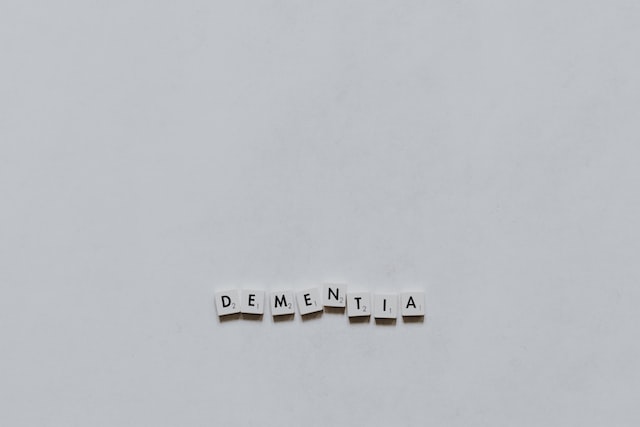Doctors decide whether radioactive isotope therapy (also called radioisotope or radiopharmaceutical therapy) is worth the risks by carefully weighing several factors related to the patient’s specific cancer, overall health, and treatment goals. This decision involves a detailed evaluation of the potential benefits of targeting cancer cells with radiation against the possible side effects and complications that can arise from exposing the body to radioactive substances.
First, doctors consider the **type and stage of cancer**. Radioactive isotope therapy is often used for cancers that have specific molecular targets or that have spread to multiple sites, such as certain thyroid cancers, neuroendocrine tumors, or metastatic prostate cancer. The therapy works by attaching a radioactive isotope to a molecule that specifically binds to cancer cells, delivering radiation directly to them while sparing most healthy tissue. This targeted approach can be more effective and less damaging than traditional radiation or chemotherapy in some cases. For example, iodine-131 is commonly used for thyroid cancer, while lutetium-177 (Lu-177) labeled compounds are used for neuroendocrine tumors and prostate cancer. The presence of these targets and the extent of disease influence whether the therapy is likely to reach and kill cancer cells effectively[1][2][4].
Next, doctors assess the **patient’s overall health and ability to tolerate treatment**. Radioisotope therapy can cause side effects such as fatigue, nausea, low blood counts, or damage to organs like the kidneys or bone marrow. Because the radioactive material stays in the body for some time, patients may need to follow safety precautions to avoid exposing others to radiation. Some patients may require hospitalization or isolation during treatment. Doctors evaluate kidney function, bone marrow reserve, and other health parameters to ensure the patient can safely undergo therapy and recover from side effects[3][4].
Another important consideration is the **expected benefit versus risk ratio**. Doctors estimate how much the therapy might improve survival, control symptoms, or enhance quality of life compared to other available treatments. This involves reviewing clinical trial data, imaging results, and biomarkers that indicate how well the cancer might respond. For example, theranostic approaches use a diagnostic radioactive tracer first to see if the cancer cells take up the substance; if they do, the therapeutic version can be given with higher confidence it will work. This personalized approach helps avoid unnecessary treatment in patients unlikely to benefit[1].
Doctors also consider **logistical and practical factors**. Radioisotope therapy requires specialized facilities for handling and administering radioactive drugs, as well as trained staff to manage patient safety and radiation precautions. The availability of these resources and the patient’s ability to access them can influence the decision. Additionally, the timing of treatment in the overall cancer care plan matters; sometimes radioisotope therapy is used after other treatments have failed, or in combination with other therapies to maximize effectiveness[3].
Throughout the decision-making process, doctors engage in detailed discussions with patients about the **potential side effects, lifestyle impacts, and safety measures** required after treatment. Patients are informed about how long they might remain radioactive, precautions to protect family and caregivers, and the monitoring needed to assess treatment response and manage complications. This shared decision-making ensures that patients understand the risks and benefits and can weigh them according to their values and preferences[4][5].
In summary, the decision to use radioactive isotope therapy is a complex, individualized process. It depends on the cancer’s characteristics, the patient’s health, the likelihood of benefit, the risks of side effects, and practical considerations related to treatment delivery and safety. Advances in imaging and molecular targeting have improved doctors’ ability to select patients who are most likely to benefit, making this therapy a powerful option in modern cancer care when used judiciously.





